Curious about how drones are being utilized indoors within the chemical industry? They’re primarily used for collecting visual data remotely during internal inspections. Below, we’ll explore various use cases for these drones in the chemical sector, including:
- Key applications for indoor drones in the chemical industry
- Real-world case studies showcasing their implementation
Let’s dive into some of the most common scenarios where inspectors are leveraging indoor drones.
### Key Applications for Indoor Drones in the Chemical Industry
Indoor drones are proving invaluable in inspecting critical infrastructure. Here's a rundown of the most frequent assets being evaluated:
#### PIPE RACKS, CABLES, AND CONDUITS
Inspectors fly drones through intricate networks of pipes, cables, and conduits to assess the integrity of welds and identify any potential leaks. This approach ensures safety and compliance without the need for manual checks, which can be both risky and time-consuming.

#### FIBERGLASS STORAGE TANKS
These drones are also deployed to examine fiberglass tanks containing acids. The focus is on verifying the structural integrity of the walls and welds, ensuring there are no signs of corrosion or damage.
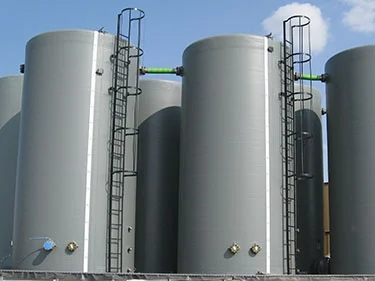
#### SUCTION DUCTS
Flying drones inside suction ducts allows for a thorough inspection of welding points and the detection of product buildup on the walls. This helps maintain optimal performance and prevent blockages.
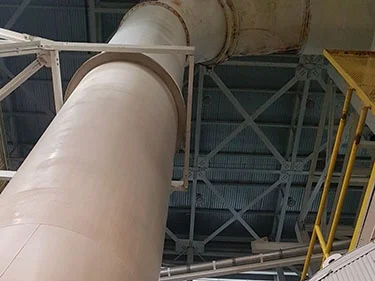
#### STORAGE SILOS AND BINS
Inspecting silos and bins involves checking cleanliness levels post-cleaning and evaluating the condition of gauging cables. This ensures that facilities remain hygienic and operational.
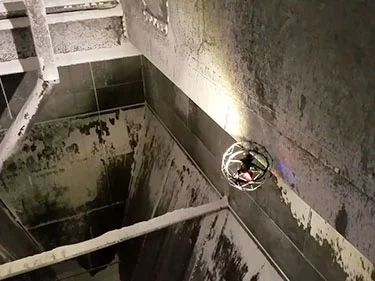
#### FERMENTER TANKS
For facilities producing enzymes, drones are used to meticulously examine fermenter tanks. The goal is to ensure the shafts and blades are functioning correctly, enhancing batch quality.
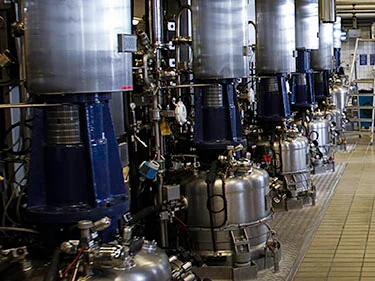
#### PRESSURE VESSELS/STORAGE TANKS
Decommissioned pressure vessels and storage tanks require regular inspections to guarantee they meet safety standards. Drones assist in this process by providing detailed visuals.
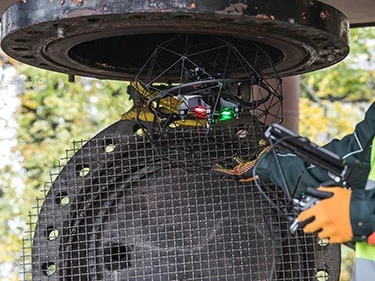
#### HEAT EXCHANGERS
In locations like soda ash plants, drones help detect clogs within the tubes of heat exchangers, improving efficiency and preventing costly downtime.
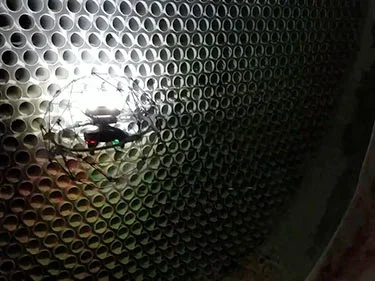
### Case Studies Highlighting Drone Usage
To gain deeper insights, here are two compelling case studies illustrating the practical application of indoor drones in the chemical industry.
#### CASE STUDY 1: HYDROGEN REFORMER INSPECTION
An inspector put Flyability’s latest software, Inspector 3.0, to the test during a complex hydrogen reformer inspection. The results were impressive—inspectors could effortlessly revisit defect locations, saving significant time and effort.

#### CASE STUDY 2: YARA FERTILIZER PLANT
At a Yara-owned fertilizer plant, personnel experimented with the Elios 2 drone. They discovered that the drone captured remarkably clear images of otherwise hard-to-reach areas, streamlining inspection processes significantly.

The integration of indoor drones into the chemical industry represents a transformative leap forward in safety, efficiency, and productivity. As technology continues to evolve, we can expect even more innovative applications emerging in the near future.
DRI Reformer Tube
DRI Reformer Tube,Cast Refomer Tube,Reformer Tube Material,Reformer Catalyst Tube
Tuopu Industry(Jiangsu) Co., Ltd. , https://www.tuopu-industry.com